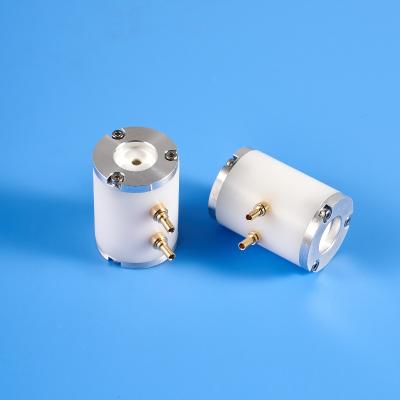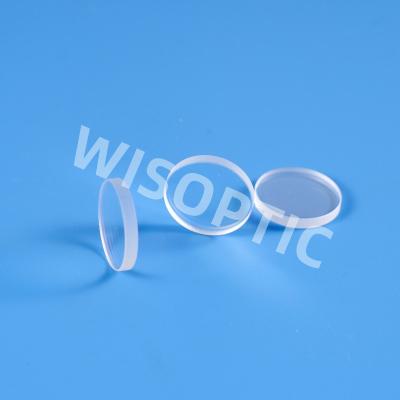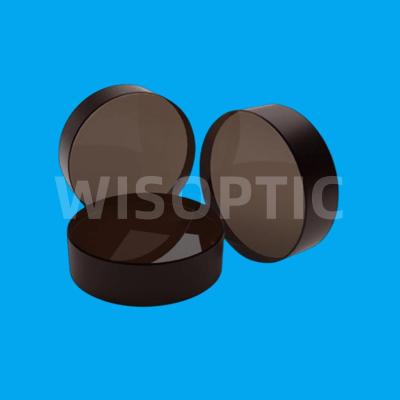Research Progress of Mid-infrared Laser Crystals - Part 09
Conclusion
Considering comprehensive factors such as wide absorption bandwidth, large absorption cross section, long upper energy level lifetime (ms to tens of ms) (see Table 2), ion cross relaxation, increased quantum efficiency, and mature LD pump source, Tm3+ in the 2 μm band, Ho3+ and Er3+ in the 3 μm band must be one of the most important and basic laser sources in the mid-infrared band from 2 to 20 μm, and will compete with Nd3+ and Yb3+ in the 1 μm band. Similar to the attention paid to YAG, YVO4, YLF, YAP, and KYW doping with Nd3+ or Yb3+ as laser source of 1 μm band, extra attention is worth to be given to the the research on the basic matrix materials such as YAG, CaF2 (SrF2), YLF, CYA (CGA), or sesquioxide crystals (and ceramics) doping with Tm3+ and Ho3+ in 2 μm band and Er3+ in 3 μm band.
The development of ultra-short and ultra-intense lasers in the past 30 years mainly includes three wave bands: 0.8 μm, 1-1.5 μm, and 2-5 μm. The Kerr lens mode-locking technology invented by Sibbet has made a fundamental contribution to the development of 0.8 μm Ti:Sapphire ultrafast laser. The semiconductor saturable absorber mirror (SESAM) invented by Keller has promoted the rapid development and practical application of Nd3+ and Yb3+ ultrafast lasers in the 1-1.5 μm band. Ultra-high peak powers from 1 PW to 10 PW have been achieved in the near infrared through chirped pulse amplification (CPA) technology. In the near-infrared band, there are already very mature SESAMs that can meet the requirements of mode-locked lasers. However, in the mid-infrared band, the traditional SESAM (InxGa1-xAs quantum wells grown on the GaAs substrate) will cause lattice mismatch with the GaAs substrate due to the high indium content requirement, making the mid-infrared SESAM work unstable and easy to be destroyed. For a long time, the lack of reliable mid-infrared saturable absorbing mirrors has been the main reason for restricting the wavelength expansion and wide application of mid-infrared mode-locked lasers. In recent years, low-gap two-dimensional materials such as quantum dots, black phosphorus, and graphene have been introduced into the generation of mid-infrared lasers, such as Tm3+, Er3+, Dy3+, or Fe2+ doped fiber or mode-locked lasers working at 2.3 μm, 2.8 μm, 3.1 μm, 3.5 μm, and 4.4 μm. At the same time, all-solid-state ultrafast laser sources are being used more and more in fields such as strong field physics, optical frequency combs, ultrafast spectroscopy, infrared detection, ultrafast optical communications, military countermeasures, biomedicine, imaging, and industrial processing.
The above crystals that can directly produce mid-infrared (2-5 μm) laser output will be compatible with dielectric materials such as optical glass fibers, transparent ceramics, and semiconductors, as well as the second-order sum frequency, difference frequency, optical parametric oscillation and the third-order nonlinear frequency conversion technologies such as stimulated Raman scattering, will jointly promote the future development of mid-infrared and far-infrared all-solid-state laser technology.



